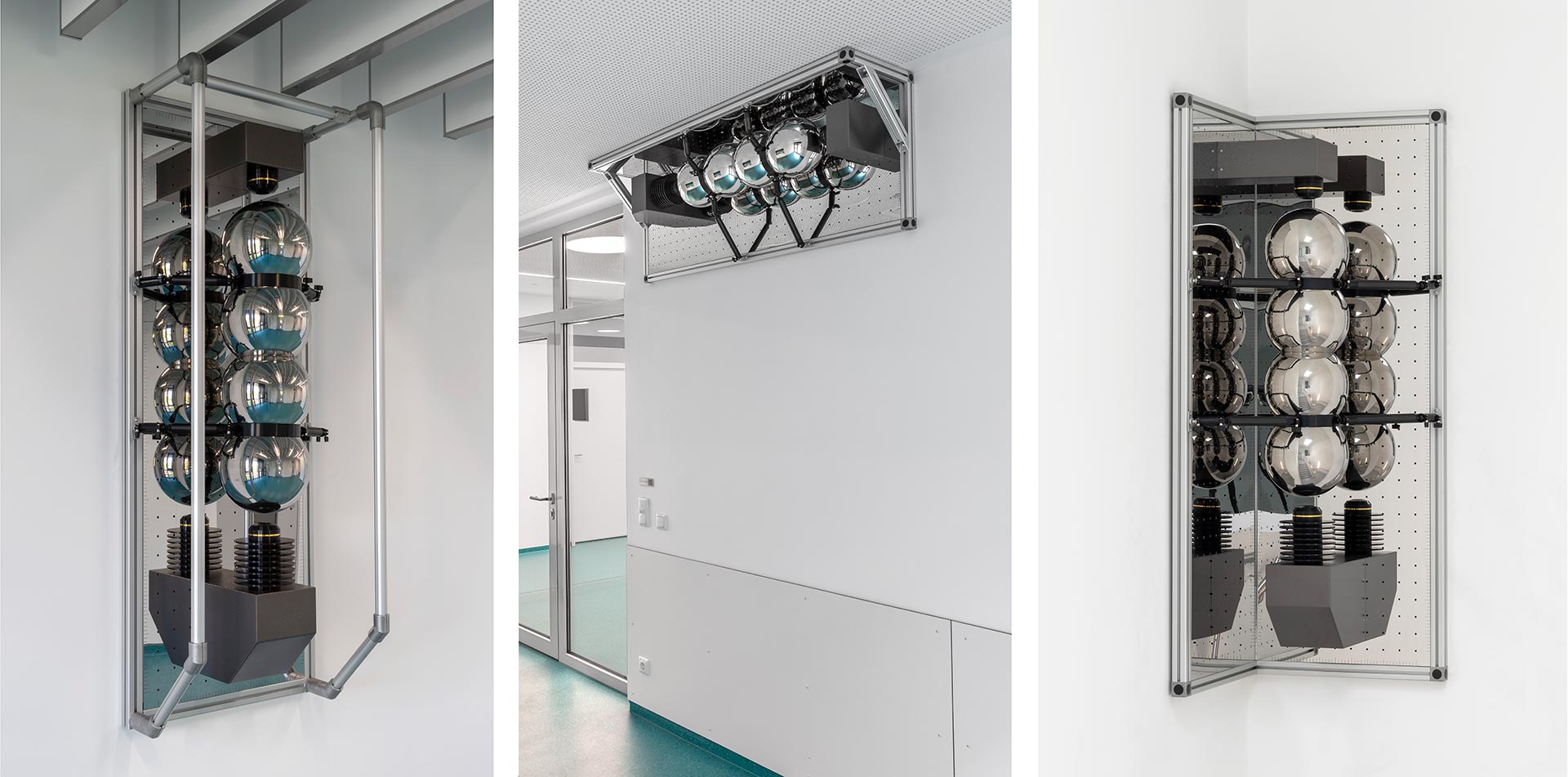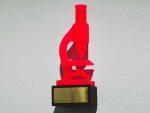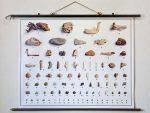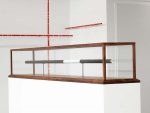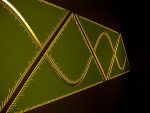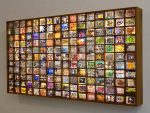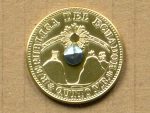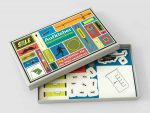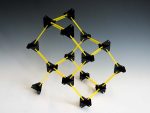Optical-Path-System-Apparatus (OPSA) No. 01 – 03
2020, Kunst-am-Bau-project (German Percent-for-Art program) for the CIGL research building (Center for Infection and Genomics of the Lung) of the Justus-Liebig-University Giessen, Germany
Aluminium, stainless steel, steel (hammer tone painted), plastic, gold foil
Sizes:
No. 01: H 156 × L 58 × D 35 cm
No. 02: H 58 × L 156 × D 42 cm
No. 03: H 156 × L 58 × D 58 cm
These three sculptures were developed for the CIGL research building for lung research in Giessen, which houses a number of different laboratories and a biobank. The three wall sculptures arranged throughout the building follow the appearance of scientific experimental and measurement setups. The sculptures hereby do not present themselves at first glance as works of art, but rather play with their technical aesthetics as an instrument, a testing set-up or an experimental apparatus.
The highly reflective central element could be part of the (measuring) device as well as the object to be examined itself. Due to the spherical shapes used, associations with the alveoli of the lung, for example, can arise, corresponding to the research area of the institute.
The sculpture elements refer to instruments that are based on the principles of optics, such as microscopes (or even some DNA sequencers). The instrument parts of the sculpture create a fictitious beam path through the apparatus, in a setup similar to that found in (fluorescence) microscopes, and also in the method of two-photon microscopy. (Both such a multi-photon microscope and a DNA sequencer are in use at the institute).
Since the sculpture parts are partially mirrored in themselves, a optical path ad infinitum results.
In order to achieve the impression of a laboratory experimental setup, components were used or cited that are also used in research: Industrial aluminium profiles, perforated grid plates as modular base plates, scale plates for adjustment and measuring possibilities, device components in protective housings, measuring optics.
